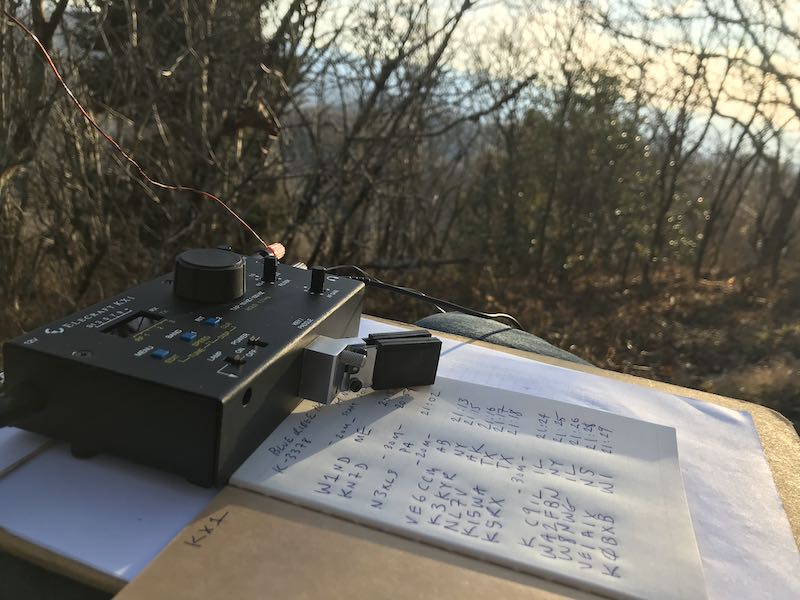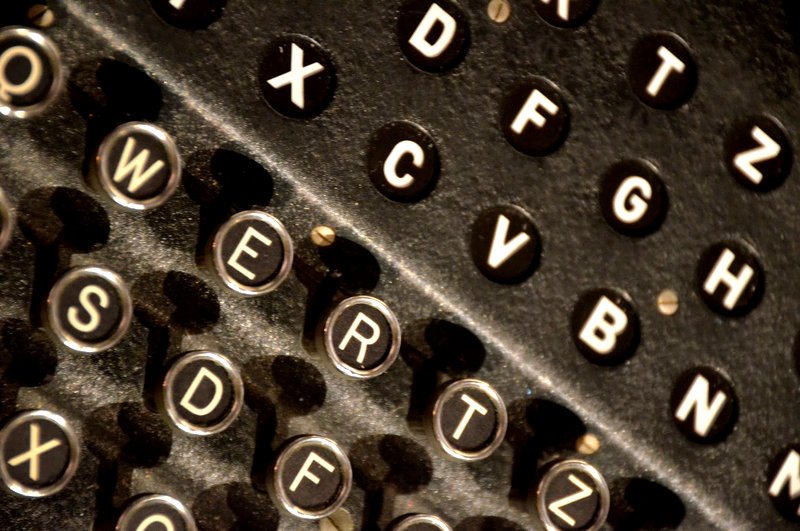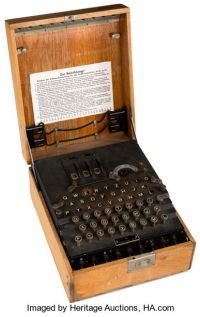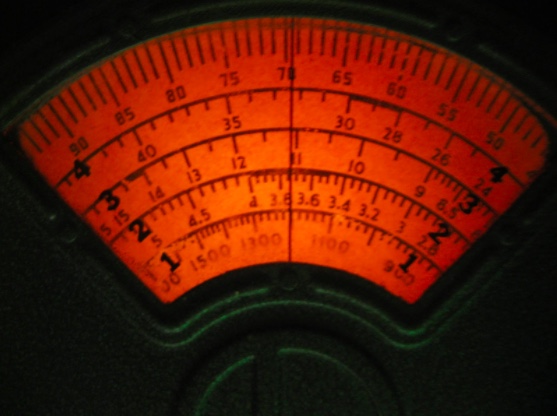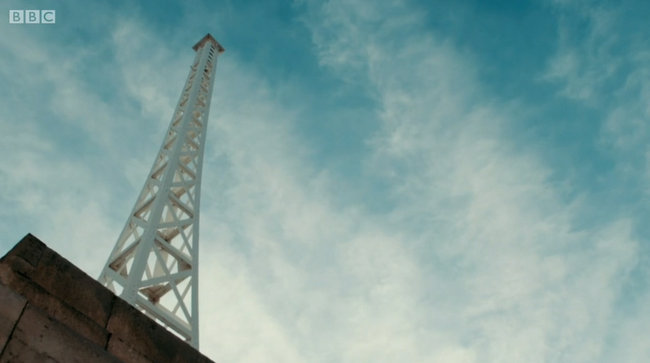Radio Waves: Stories Making Waves in the World of Radio
Because I keep my ear to the waves, as well as receive many tips from others who do the same, I find myself privy to radio-related stories that might interest SWLing Post readers. To that end: Welcome to the SWLing Post’s Radio Waves, a collection of links to interesting stories making waves in the world of radio. Enjoy!
Many thanks to SWLing Post contributors Paul, Dennis Dura, and David Goren for the following tips:
Internet radio with real buttons using Stream Deck (Bjørn Erling Fløtten)
How I used a Stream Deck Mini from Elgato in order to give my mother-in-law a super easy Internet radio experience.
By Bjørn Erling Fløtten, Trondheim, Norway. April 2021.
See also comments on Hacker News
Background
My mother-in-law is from Poland. When she stays in Norway in order to help us with babysitting she misses Polish radio. In principle this is easily accessible through the Internet now from all kind of devices.
BUT, my mother-in-law is not PC-literate, nor does she use a so called ‘smart’-phone. With my long experience in teaching people far younger than her simple mouse and keyboard techniques, I knew that operating Windows and finding Internet radio stations on her own would just be too cumbersome. I therefore had to create a super simple setup for her, and my hacker mind started to think.
(I did of course consider special purpose Internet radios. They should in theory be quite simple to operate, but they all have som kind of quirks that I did not like. And besides, constructing something of your own is of course always more satisfying.)
I want Real Buttons!
What I really wanted was big buttons with tactile feedback. I had earlier experienced with some Behringer products (sound mixing board) in order to demonstrate mathematical functions. The idea then was to use turning knobs and sliders in order to see how changing parameters changed the outcome of the function, especially graphs in 2D and 3D.
I thought this would be useful also for an Internet radio, but then I remembered having read about the Optimus Maximus keyboard (keyboard with programmable led icons on each key), and I thought such a product would be even better. This search led to Elgato and their Stream Deck Mini. This has 6 buttons, just enough for a radio. I might have preferred the bigger version with 15 buttons but their products are ridiculously expensive, so I had to be content with just 6 buttons.
In addition to the Stream Deck Mini my son donated his old school laptop with Windows 10 installed. It was a cheap ThinkPad L-series which, although 3 years old and somewhat battered from daily use to and from school, was quite capable of streaming some audio from the Internet. My son created a guest account in Windows 10 with auto login. He set ‘Fn lock’ as default, meaning that keys F1, F2 and F3 was volume off, down, up without having to press Fn. We also found a pair of speakers lying around in the house.
No programming necessary *
(* But understanding of HTML, URLs and Windows command line arguments is a requisite.)
Initially I thought I would make a Windows application for controlling which radio streams to play. But it turned out that Elgato’s accompanying software was quite capable by itself.
I assigned five of the six available buttons to launch the standard web browser (Google Chrome in this case) with a corresponding streaming URL (radio channel).
Continue reading the full article by clicking here.
Annual Armed Forces Day Cross-Band Test set for May 7 – 8 (Southgate ARC)
The US Department of Defense will host this year’s Armed Forces Day (AFD) Cross-Band Test, Friday and Saturday, May 7 – 8, in recognition of Armed Forces Day on May 15. The event is open to all radio amateurs.
For more than 50 years, military and amateur stations have taken part in this exercise, designed to include amateur radio and government radio operators alike.
The AFD Cross-Band Test is a unique opportunity to test two-way communications between military and amateur radio stations, as authorized under FCC Part 97 rules. These tests provide opportunities and challenges for radio operators to demonstrate individual technical skills in a tightly controlled exercise in which military stations will transmit on selected military frequencies and will announce the specific amateur radio frequencies being monitored.
The schedule of military/government stations taking part in the Armed Forces Day Cross-Band Test and information on the AFD message is available on the MARS website.
Complete the request form to obtain a QSL card. ARRL
“Tokyo Rose” – WW2 Traitor or Victim? (YouTube)
Shortwave Collective – FENCETENNA (YouTube)
RAC Canadian Portable Operations Challenge Award (Southgate ARC)
The RAC Challenge Award: An Overview
Radio Amateurs of Canada is pleased to present a new Canadian Portable Operations Challenge Award for RAC members.
The objective of the new “RAC Challenge Award” is to recognize and encourage portable operations by RAC members from locations throughout Canada.
The new program will begin on Canada Day, July 1, 2021 and we hope it will become an annual event for RAC members.
Note: the following information is tentative as the new Awards program is still being organized so please stay tuned to this webpage for future updates.
Portable Operations
Portable operations are those in which Amateurs take their equipment, antennas and power supply to a location away from their home station to operate. This includes mobile stations, backpackers, DXpeditions and participation in events such as those described below:
Parks On The Air (POTA), a worldwide program of park activations – https://parksontheair.com/
Quebec Parks On The Air (QcPOTA) April 1 to December 31
Field Day: June 26-27
There are several other programs that celebrate portable operations including Summits on the Air (SOTA), Islands on the Air (IOTA) and the International Lighthouses and Lightships Weekend.
Features of the “RAC Challenge”
The new “RAC Challenge” will recognize all portable operations in which RAC members participate and will have similar features as a contest. Amateur Radio contests in VHF, UHF and the Microwave bands all have categories for “Rovers” – who move from grid square to grid square and “Backpackers” – who seek out hilltops from which to operate with highly portable equipment and antennas.
For many satellite operators, making contact with as many grid squares as possible is a mark of success. Some of those operators go on satellite DXpeditions to activate rare grids or operate from the intersections of grids to offer multiple grids with a single contact. In addition to being fun, these activities provide an opportunity for Amateurs to experience what is required to set up and operate under challenging conditions – valuable experience for emergency preparedness.
For more on the RAC Challenge Award, please see:
https://www.rac.ca/rac-canadian-portable-operations-challenge-award/
Do you enjoy the SWLing Post?
Please consider supporting us via Patreon or our Coffee Fund!
Your support makes articles like this one possible. Thank you!

